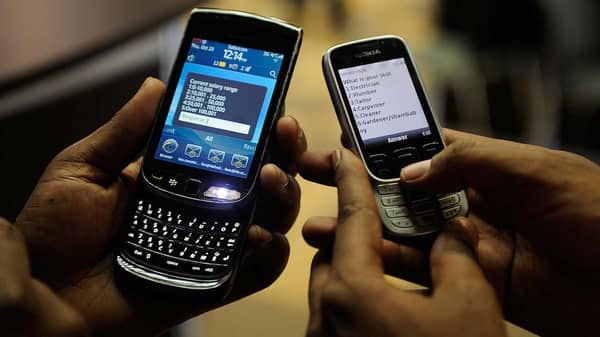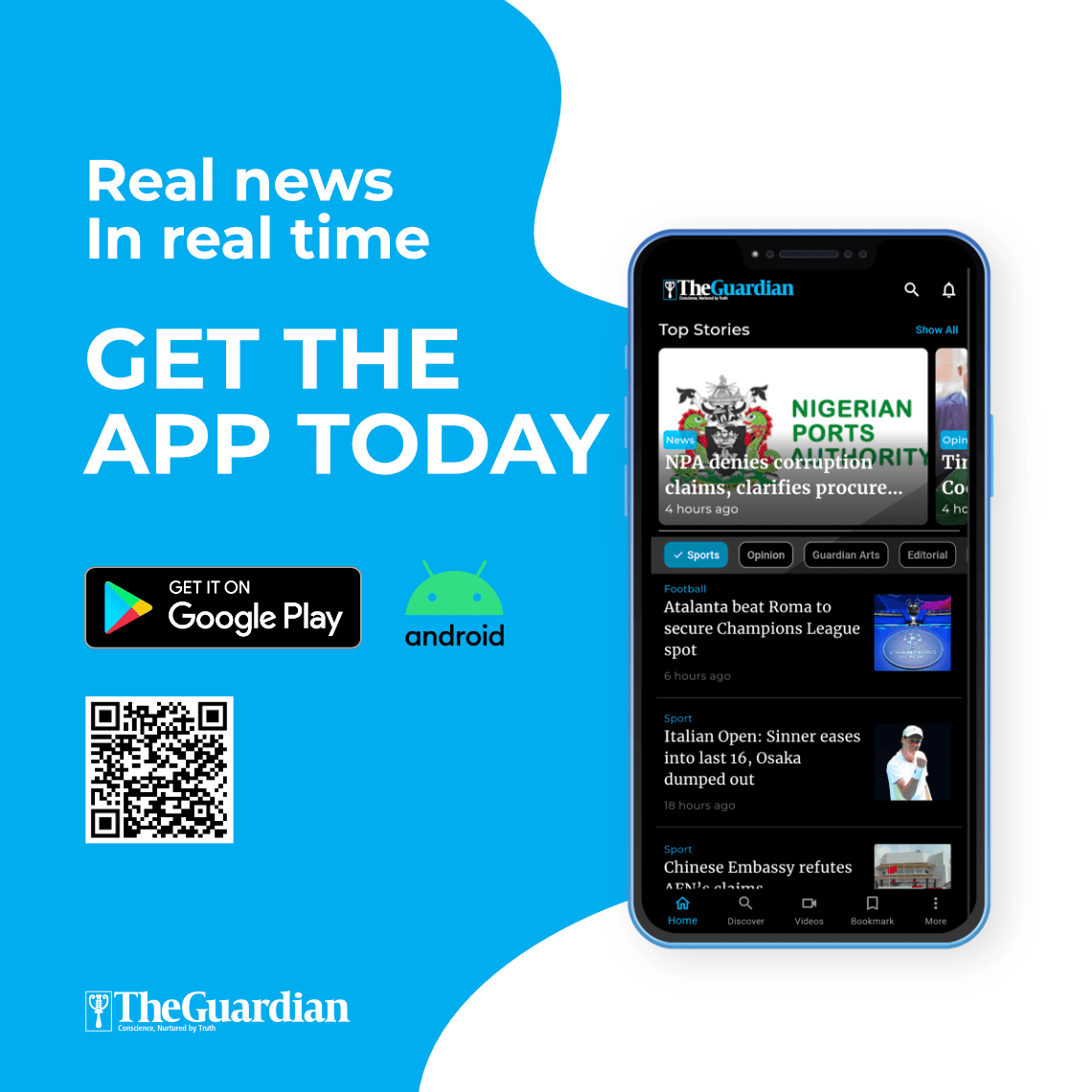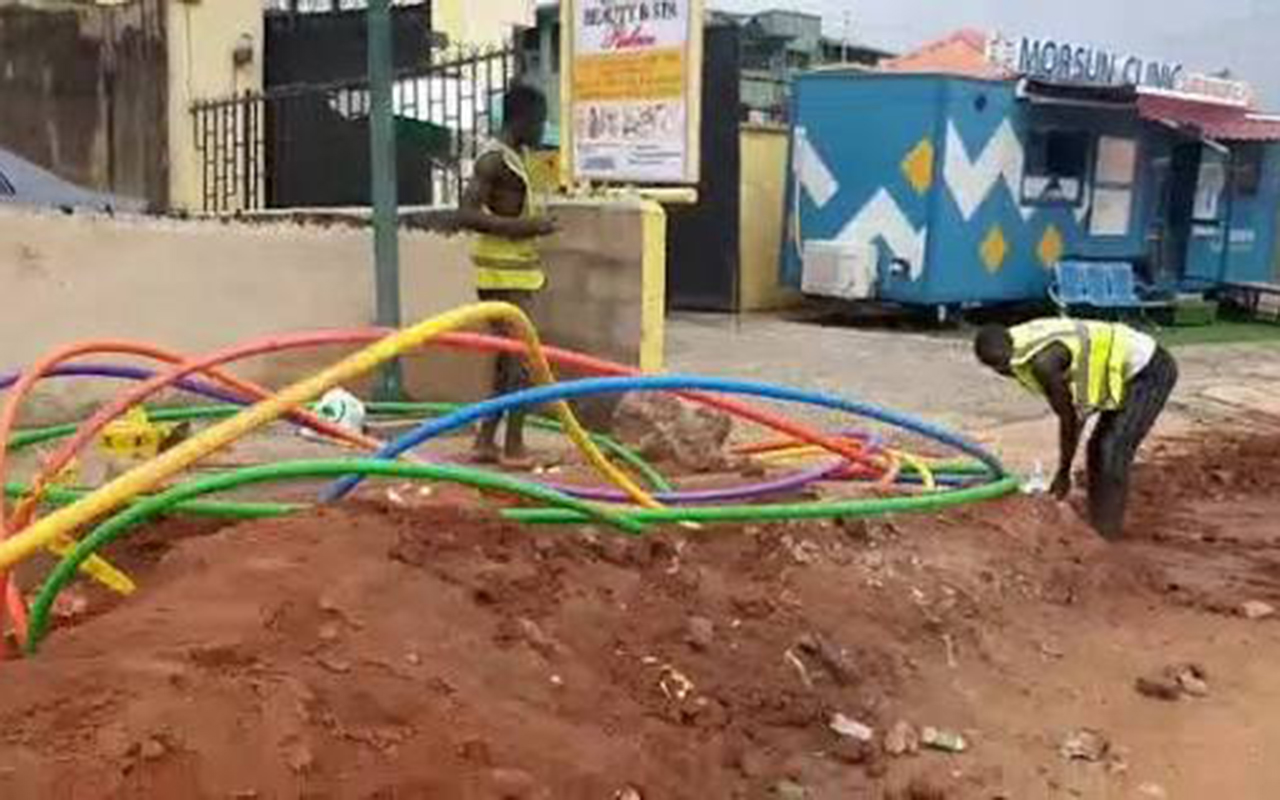
• Insecurity widens digital divide between South, North
• Nigeria ranks 88th on digital quality of life
• States’ activities threaten rural, universal coverage, operators claim
• Ministry keen on 90,000km fibre deployment to boost access
• 57% of Internet users still on 2G
The Federal Government may have given up its ambitious broadband targets even as stagnating private investment, states’ excessive revenue mobilisation drive, failed Infrastructure Project (InfraCo) project and unfriendly business climate continue to spike the number of digitally-excluded population, which hit 136 million at the last count.
This comes as data from Nigeria’s telecommunications sector point to a widening digital divide between the south and north parts of the country.
About 44.6 per cent of Nigerians, largely in the North, are either without basic telephony service or scarcely served.
Of the estimated 220 million Nigeria’s population, data shows that only 38 per cent of the country’s population has access to the Internet, suggesting that some 136 million are still scarcely digitally served.
While the country’s telephone density is estimated at 101.2 per cent as of Q1, a survey conducted by some operators showed that 61 per cent of people in the rural areas, largely in the northern part, are not connected.
Last year, Nigeria obtained 0.38 points in the Digital Quality of Life Index to rank 88th out of 117 countries surveyed by Statista in collaboration with Surfshark.
The score increased compared to the previous year when it stood at 0.34 points. The index measures five pillars – Internet affordability, Internet quality, e-infrastructure, e-security and e-government, which measures the quality of digital well-being in the country.
On its part, the International Telecommunications Union (ITU) rated Nigeria 71 per cent in comparative legal, policy and governance frameworks towards G5.
Indeed, the gaps in terms of connectivity are also further confirmed by data obtained from the National Bureau of Statistics (NBS).
The data showed that while there were 113.8 million telephone users in the south, the north had 104.5 million. The gap may have been further widened due to the slow implementation of Nigeria’s National Broadband Plan (2020 to 2025).
According to findings, several telecom infrastructures, especially base transceiver stations that were bombed by Boko Haram terrorists in northern states some years ago, have not been restored. This has equally impacted telecoms penetration in the region.
The recent looting of the newly-built Digital Park by the Nigerian Communication Commission (NCC) in Kano by hoodlums in the wake of the #EndBadGovernance protest also points to a worse scenario in the digital divide crisis.
These threaten next year’s 70 per cent broadband penetration target. Previous targets were similarly missed with the goal post shifted to next year. A few months to the dateline, Nigeria is currently 27 per cent short of the 70 per cent mark.
For emphasis, Nigeria was supposed to hit 50 per cent last year, but the target was missed due to several issues, including the failed InfraCo, following its zero funding.
The InfraCo project was programmed to help wire the 774 local government areas (LGAs) with wholesale broadband facilities for onward distribution to the hinterlands. Painfully, the project the not see the light of the day.
However, the Federal Government has made another move through Project 774 LG Connectivity under the current regime to expand fibre optic cable coverage; painfully at a time countries are considering shutting down networks such as 2G and 3G to expand connectivity through 4G and 5G.
NCC statistics showed that 2G, which has limited coverage, has 56.97 per cent penetration, which means more people are still on the network, especially in the rural areas; hence many are not able to do much digitally.
According to the telecoms regulator, 3G is 9.04 per cent, 4G, 32.74 per cent and largely still limited to major urban areas. Almost two years into its launch, 5G has seen only 1.24 per cent penetration. Industry analysts said lack of investments has hindered the rollout of networks in new sites and locations.
While the NNBP specified the need to have covered 80 per cent of the 114 unserved clusters in the country by the end of last year, that has equally not been achieved as metro fibre networks currently account for less than 25 per cent of the total fibre distances in the country with a concentration in Lagos, Abuja and Port Harcourt, while other areas remain unserved or underserved.
Access to fibre networks within five kilometres currently stands at an average of approximately 39 per cent reach, with a high of 85 per cent in Lagos and a low of 12 per cent in Jigawa State.
According to the NNBP, as of 2023, Nigeria was expected to have connected through fibre, 70 per cent of tertiary institutions, 30 per cent of secondary and 15 per cent of primary schools, an ambitious goal that was not achieved.
By the same period, 80 per cent of general hospitals per LGA and federal medical centres should have been connected. But was not achieved either.
Checks by The Guardian showed that some of the general hospitals connected were achieved through private efforts.
Besides, as part of its advocacy campaign, the GSMA, which represents the interest of mobile operators and vendors across the globe, has on several occasions called for a reduction in the cost of smartphones, saying this would enable more people to get connected.
As such, part of the broadband plan was to ensure that the country would have at least one smartphone assembly plant by 2023. This was to ensure the price of an entry-level smartphone in the country could be as low as N18,000.
However, the country currently has no local smartphone assembly plant, and the entry-level price of devices is currently above N30,000.
To try to wean the country off dependence on foreign phone brands, there have been attempts, albeit failed, to boost local production in the country.
In 2017, AfriOne announced it had opened a smartphone factory in Nigeria with an initial investment of $10 million. The firm claimed to be able to produce 120,000 – 300,000 units of phones per month. According to the firm, its smartphones will cost between $92 and $108.
Several years later, AfriOne has been frustrated, largely by inadequate power supply, and preference for foreign brands among other challenges.
A member of the NNBP Committee, who spoke with The Guardian on the condition of anonymity, claimed that the major hindrance to the implementation of the first NNBP 2013 to 2018 is a lack of political will and low funding.
With less than 17 months to the expiration of the current plan, the member puts its implementation at about 40 per cent, stressing that so many timelines have either been missed or may not be attained due to poor funding and a poor articulated implementable roadmap.
However, another member of the NNBP Committee, Muhammed Rudman, believes that the plan is still very much alive and ongoing, stressing that so many things would happen between now and 2025.
Rudman, who is also the Chief Executive Officer of Internet Xchange Point of Nigeria (IXPN), said part of the milestone as it concerns the Internet Xchanage Points, has been achieved.
Except for the creation of Route Redundancy for all IXPs in the country by Q3, 2022, which according to him, has not been done due to the high cost of the transmission links.
Rudman said: “All points of presence (PoPs) of operators have been interconnected. We have IXPN now in Gombe, Northeast of Nigeria. We have partially achieved localisation of Internet traffic as some of the ISPs are exchanging up to 80 per cent of their traffic locally.”
In terms of data pricing, whereas the plan expects the price of a 1Gigabyte to be priced at N700 by 2023, some operators are currently selling the same for as low as N350 for a daily plan, which is an achievement of the roadmap.
Nonetheless, at the Policy Implementation Assisted Forum (PIAFo), a telecoms sector event, organised by BusinessMetrics, the issue of access gaps in the country was a major discussion.
Executive Director, Broadbased Communications, Chidi Ibisi, lamented that many timelines have not been met since the first broadband plan, stressing that the challenge created a huge digital divide.
Ibisi said as of 2013, there should have been the harmonisation of ROW cost in all the states since, the implementation of Infraco, incentives agreement/funding options, while by 2014, Nigeria should have built metro fiber in all major cities and state capitals; provision of incentives for last mile fiber infrastructure to homes, estates and commercial buildings.
HE said while so many gaps still exist, he said Nigeria is in the race to connect 95 per cent of LGAs by fiber, tertiary institutions (100 per cent), secondary schools (50 per cent), primary schools (25 per cent), primary health care centres per LGA (80 per cent), general hospitals and federal medical centers in each LGA (100 per cent) and tower sites (60 per cent).






